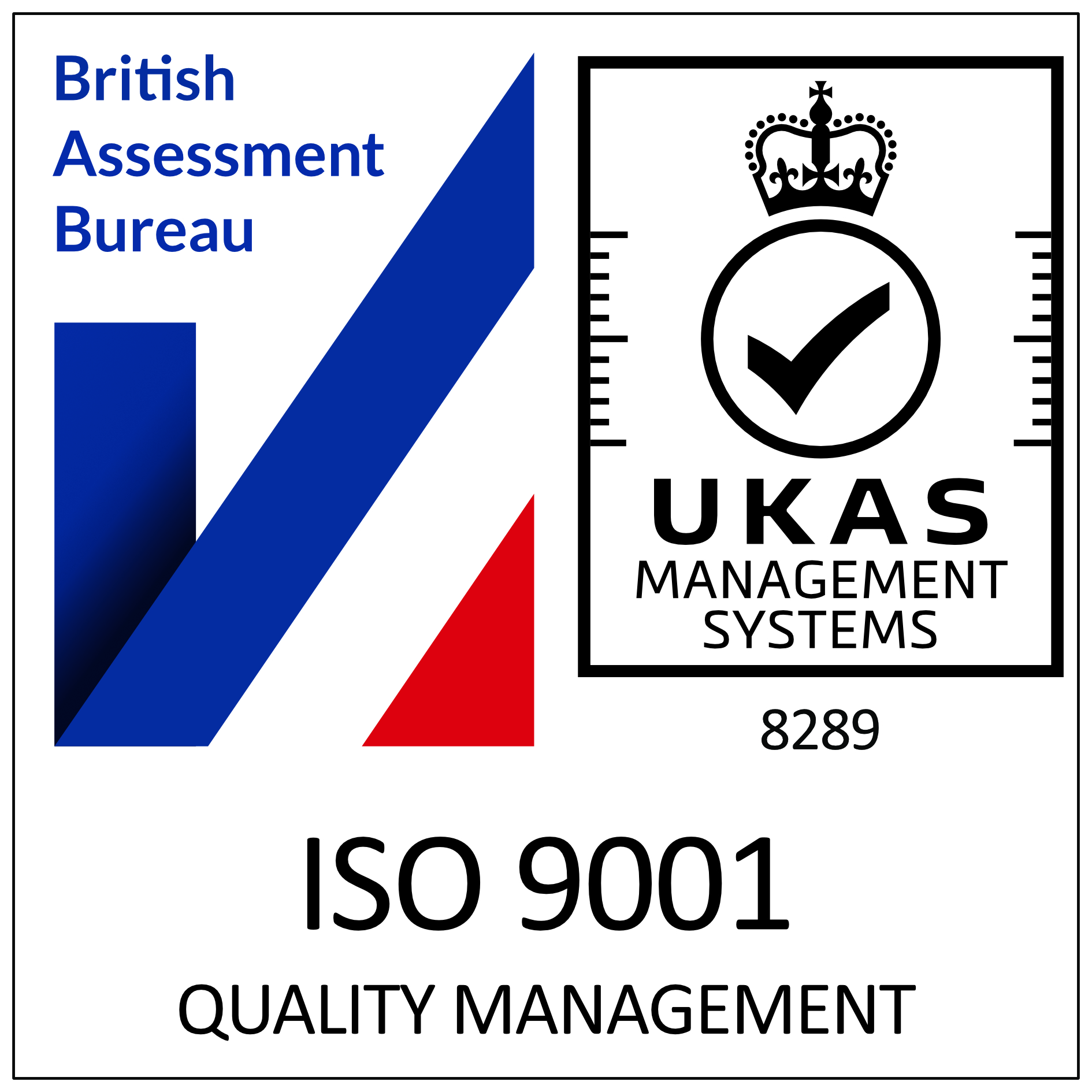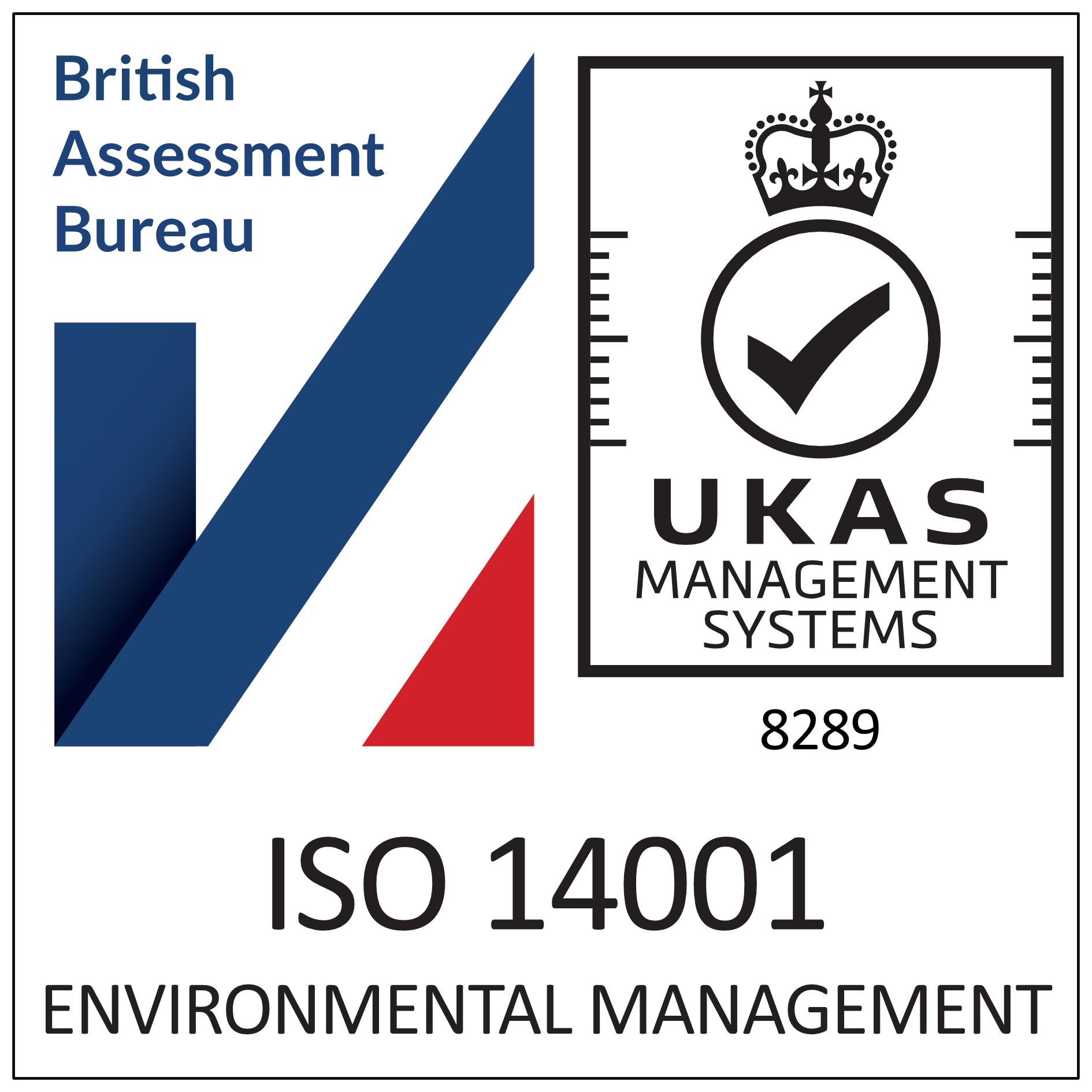How big can doors get?
Actually, they can get really, really big, and they don’t get any bigger than those at NASA’s Vehicle Assembly Building (VAB) at the Kennedy Space Centre. There are four of them in fact, and they are 456 feet (139 metres) high. To put that into perspective, the Statue of Liberty is only 305 feet (93 metres) high, or to put it another way, the doors are three times the height of the Niagara Falls. And they’re so big they take around 45 minutes to open! And a truly wonderful fact about the VAB is that the building is so big (129,428,000 cubic feet) that it has its own weather! On humid days, rain clouds can form below the ceiling, requiring about 10,000 tons of air conditioning equipment to control the moisture. With this setup, the total volume of air in the building can be replaced in only one hour. Here’s the link.
And when we talk about “big”, we don’t just mean high, we mean heavy! The doors to Fort Knox (where, allegedly, 5000 tons of gold bullion are stored – worth roughly £182,000,000,000 at today’s spot rates) weigh around 250 tons! You’d think that would be hard to top wouldn’t you? Well, the door to the laser target room at Lawrence Livermore National Laboratory weighs – wait for it – 326.5 tons (and is 8 foot thick). Now you might be wondering, why would doors in a laboratory need to be that heavy/thick … but when we tell you that they specialise in bio-security, counterterrorism, and weapons, amongst other things, you can guess why! Here’s the link.
If you undertake any research into big, or heavy, or thick, or secure doors, you get some very interesting results! One of the most interesting is the Svalbard Global Seed Vault on the Norwegian island of Spitsbergen. This is where over a million distinct seed samples of agricultural crops are stored securely, so that in the event of a major catastrophe (think, how bad could a major catastrophe be? Nuclear war? Asteroid strike?) mankind could with a little effort continue to feed itself. Spitsbergen is an ideal location for such a site: 800 miles from the North Pole (so, hard to get to); lacking tectonic activity; and permafrost (aiding preservation). The Vault is also 430 feet (130 metres) above sea level, so it’s safe even if the ice caps melt. This is what we call “safe”. Here’s the link.
So if there’s a fire … how do I get out?
The question isn’t really that crazy is it? Thinking about all this security, there surely has to be a trade off between the fire door size and ease of escape. After all, if it’s ridiculously difficult to get into somewhere, it’s likely that it’s ridiculously difficult to get out too!
For understandable reasons, we don’t actually know about the evacuation procedures, fire door sizes and specifications, and fire exits of this type of installation. What we do know though – or to be fair, can assume with 100% confidence – is that the fire doors (and accompanying protocols) were put in by experts …
And speaking of experts …
Whatever type of building you have, we can help you with your fire doors. We have a long and hugely successful track record, and would be delighted to pass on our expertise.
If you want expert advice on commercial fire doors (or on any other kind of specialist door) then click here to visit our home page or here to go straight to our contact page – we’re here to help.







